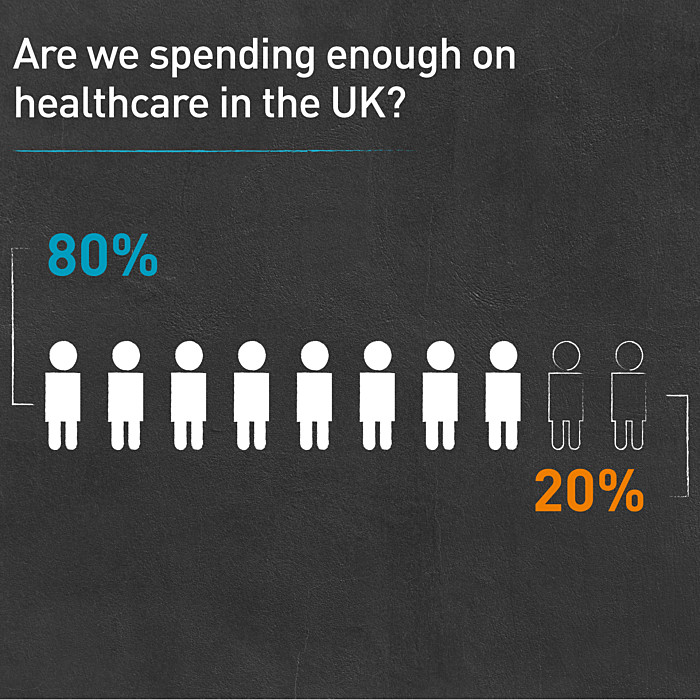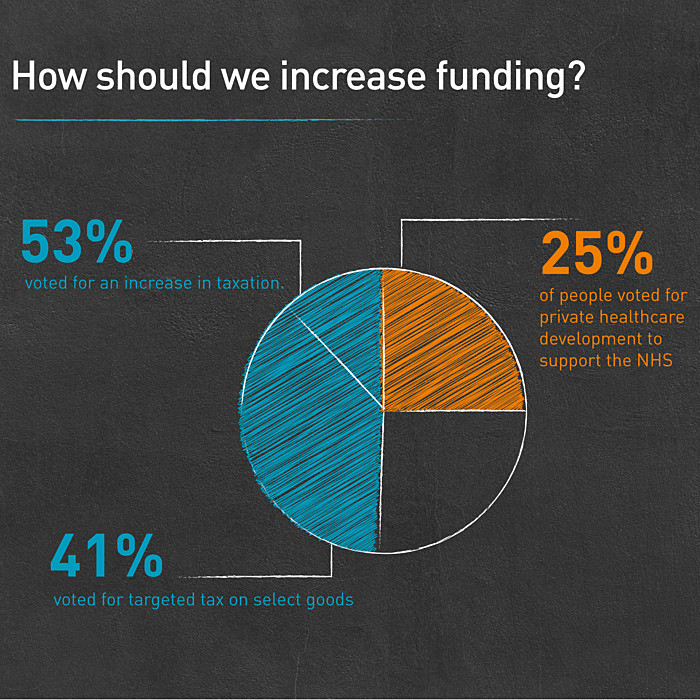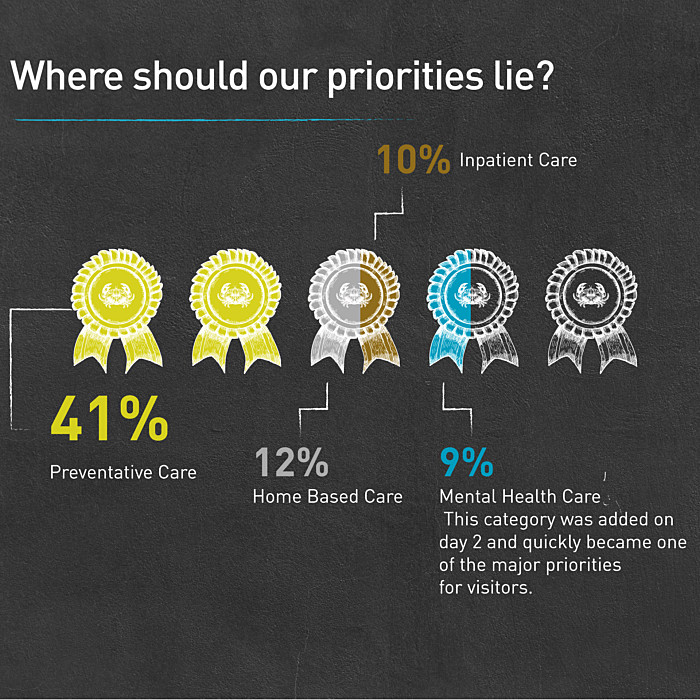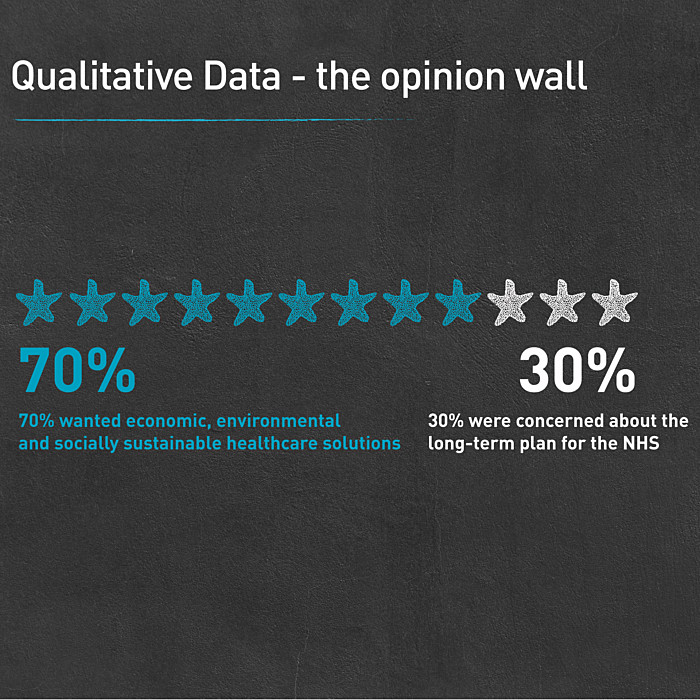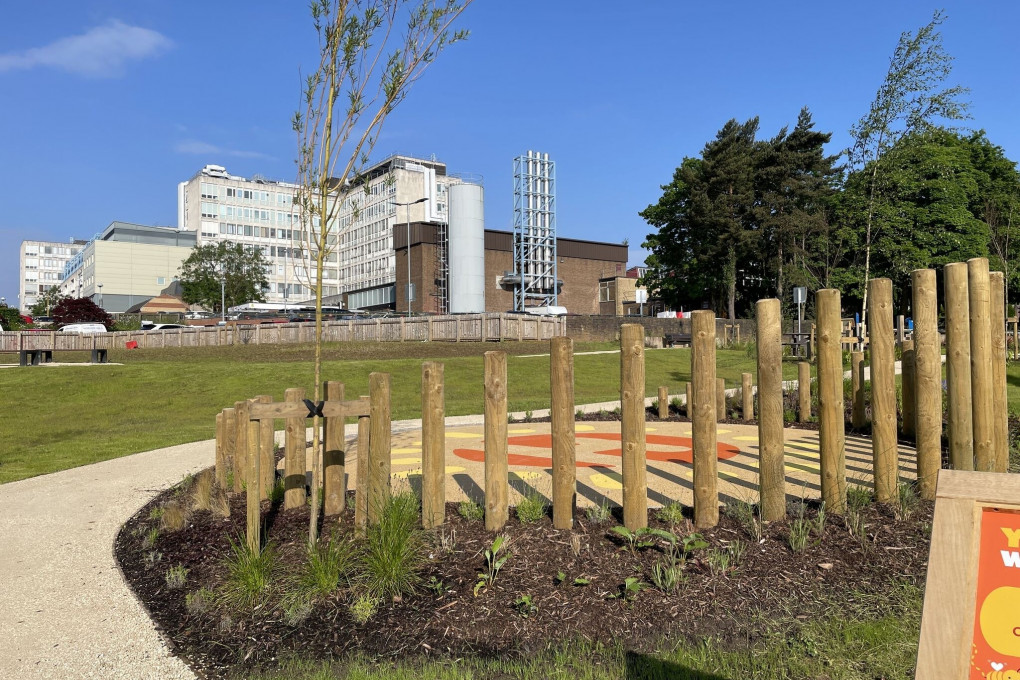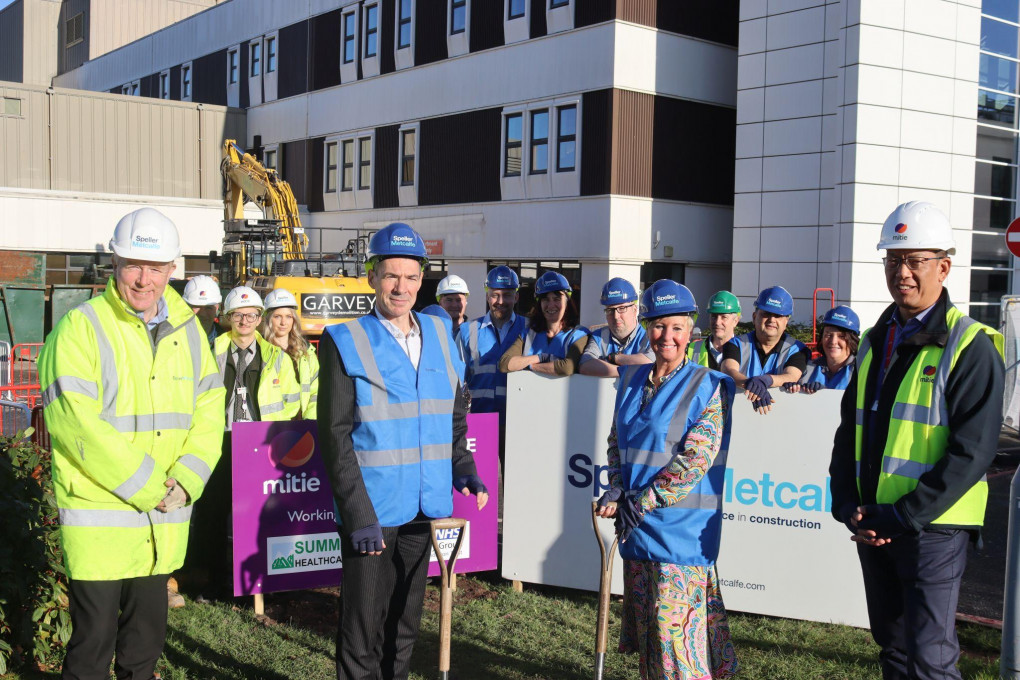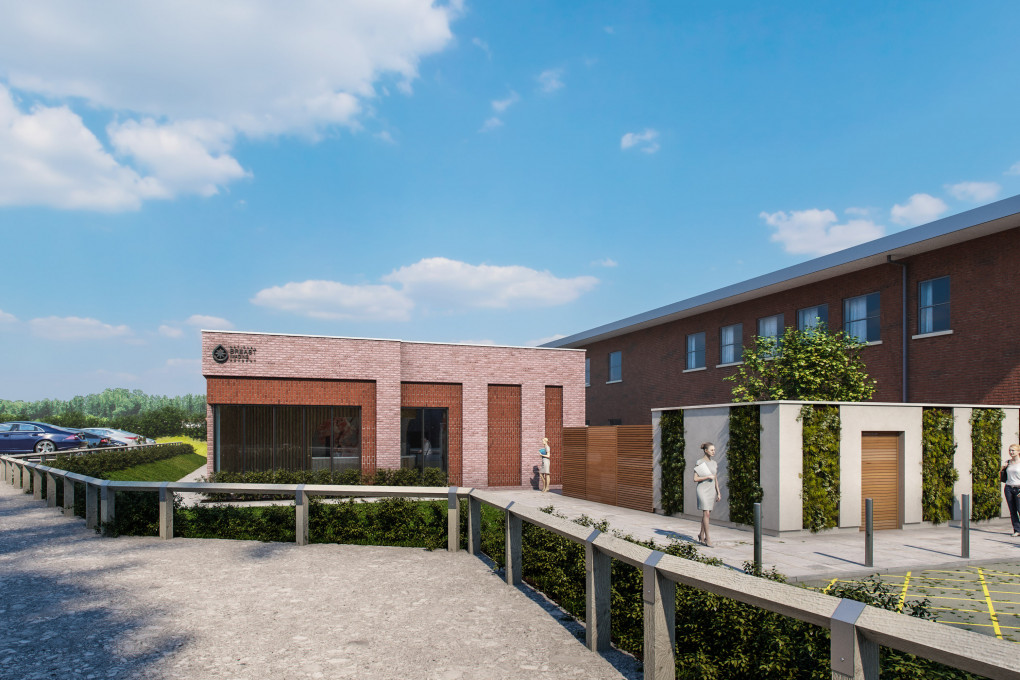This made up a total of 9.7% of the UK’s GDP, which only 20% of visitors believed was enough.
The fact is, the UK's investment ranks on the lower end of the scale compared to countries such as France (11.5%) and Norway (10.5%), but is higher than Ireland (7.4%). This is likely due to the different way healthcare is funded and implemented in these countries, as dramatically illustrated by the USA (17.1%).
Some visitors, although they did not believe we needed to increase the budget, qualified this with the opinion that the money is not being spent correctly, or prioritised in the right ways. However 80% stated the funding was insufficient.
This led to our next question: how should we increase the healthcare budget?

